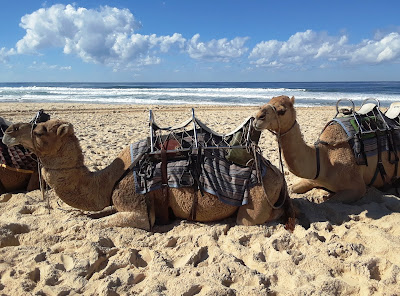This Pride Month there’s a lot to be mad about. . . . If the gatekeepers of our community (those powerful, mostly white, cis, able-bodied wealthy nonprofit directors, CEOs, political insiders) really believed in what our ancestors and transcestors at Stonewall were fighting for, we would see more elevating of grassroots Black and Brown leadership, the people who actually carry the torches lit by the founders of our movement. We would see more money going into efforts supporting those who are low income, incarcerated, homeless, and sex workers. . . . We would see less of an interest in bringing on token queer and trans people – many who already have major platforms and little-to-no connection to the community throughout the rest of the year – in Pride campaigns to support organizations with million-dollar budgets that do work that never directly touches the most marginalized groups within our communities.
– Raquel Willis
Excerpted from “50 Years Later,
Pride Month Is a Disgrace to Our Ancestors”
Out
May 31, 2019
Excerpted from “50 Years Later,
Pride Month Is a Disgrace to Our Ancestors”
Out
May 31, 2019
of Race, Homoeroticism, and the Spiritual
Related Off-site Links:
How the Queer Liberation March Wants to Bring Pride Back to Its Activist Roots – Zachary Zane (Rolling Stone, May 15, 2019).
New York City Gets Ready for the Battle of the LGBT Pride Marches – Tim Teeman (The Daily Beast, May 16, 2019).
James Baldwin’s Blueprint for the LGBTQ+ Rights Movement – Tre'vell Anderson (Out, May 19, 2019).
One Hot New York Night in 1969 Changed the World – Amarra Mohamed (LGBTQ Nation, May 30, 2019).
Activist Miss Major Recounts the First Night of the Stonewall Uprising – Raquel Willis (Out, May 31, 2019).
6 Major Moments in Queer History Beyond the Stonewall Uprising – Elyssa Goodman (Them, June 27, 2018).
Pride Is Still an Elitist White Gay Fantasy – Phillip Henry (Them, June 28, 2018).
Challenging Trump With Powerful Black Queer Stories – Richard A. Fowler (The Huffington Post, October 23, 2017).
See also the previous Wild Reed posts:
• Michelangelo Signorile on the Rebellious Purpose of Queer Pride
• Reclaiming and Re-Queering Pride
• Making the Connections
• A Lose/Lose Situation
Image: ManualRedeye.com
















































































